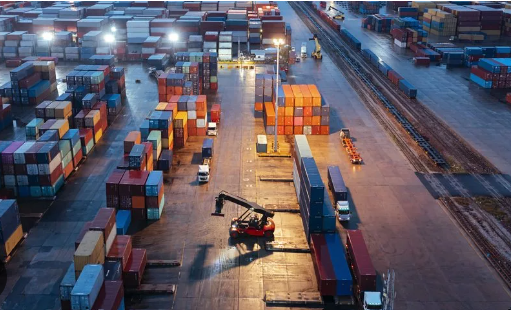Bridging Supply Chain Gaps with Smarter Delivery Processes
May 15, 2025
In today’s fast-moving logistics landscape, businesses are under pressure to deliver goods faster, more accurately, and with greater transparency. However, traditional supply chain systems often struggle with fragmented data, lack of visibility, and inefficiencies that directly impact performance. Bridging these gaps demands smarter delivery processes backed by digital solutions.
Delivery Visibility for Better Performance
One of the primary gaps in legacy systems is poor delivery visibility. Businesses often rely on manual updates, resulting in communication breakdowns and missed deadlines. With digital platforms like OpenPod by OpenPort, companies can achieve complete visibility from dispatch to drop-off. These systems offer real-time updates at the SKU level, allowing for faster confirmation of deliveries and immediate reporting of excesses or shortages. The result is a more accurate, transparent delivery process that builds trust and reduces costly disputes.

KPI-Driven Execution
Monitoring key performance indicators such as on-time delivery and turnaround times is vital for continuous improvement. Smart delivery systems allow real-time tracking of these KPIs through integrated dashboards. Businesses can monitor routes, anticipate bottlenecks, and proactively intervene when performance dips below expectations. Over time, this data-driven approach helps streamline operations and improve customer satisfaction.
Smarter Collaboration Across Stakeholders
Misaligned communication between warehouse teams, transporters, and receivers is a major hurdle in delivery management. Smarter systems solve this by consolidating information into one digital interface. Every stakeholder from dispatch to deliver receives automated updates, ensuring everyone is on the same page without relying on manual coordination or multiple communication apps.
Sustainability and Cost Control
Optimising deliveries also helps reduce empty miles and resource wastage, contributing to sustainability goals. Better route planning, capacity utilisation, and digitised documentation all help in reducing the environmental impact and keeping costs under control.

Conclusion
Ensuring safety and compliance in high-stakes supply chains requires a combination of robust data monitoring and proactive management strategies. By leveraging advanced technology, companies can safeguard their operations and maintain a high level of performance.
Explore innovative logistics solutions to optimise every stage of your supply chain. Visit www.truckitin.ai to learn more!